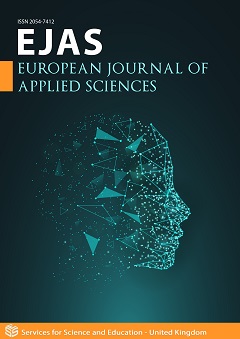The Black Hole at the Origin of the Sun and of Our Planet Earth Detected in the Milky Way- the “Big Bang” Black Hole Identified, and its Allais Effect
DOI:
https://doi.org/10.14738/aivp.115.15578Keywords:
Black hole astrophysics, nucleosynthesis, black holes, Big Bang, Milky Way, actinides, transuranics, space anisotropyAbstract
Observation of data on the atomic and molecular clouds on the Carina spiral arm of our Milky Way allows to locate the origin point of the “Big Bang” and to confirm through the pattern of lone galaxies cavitating from it. The Big Bang mathematics are explained by the actual nature of the event, a black hole eruption giving out the Sun and the matter from which we are formed. This black hole is here shown for the first time thanks to the remains of a crown of stars and other atomic clouds nearby. This results from the immediate supernova after black hole eruption of the stars that were too heavy to support their star status and remain solely as atomic cloud, with the core black hole of each of these stars expelled and reabsorbed by the black hole they originated from. More elements are provided to support the argumentation, including a discussion about dark halos, the Bullet Cluster, and about the Foucault pendulum’s pattern altogether with the Allais Effect, and speeds of black holes, to better understand that the “Big Bang” is a localized event only and that black holes are able to erupt to produce stars and planets and that this is the nature of the “Big Bang”.
Downloads
Published
How to Cite
Issue
Section
License
Copyright (c) 2023 Florent Pirot

This work is licensed under a Creative Commons Attribution 4.0 International License.






